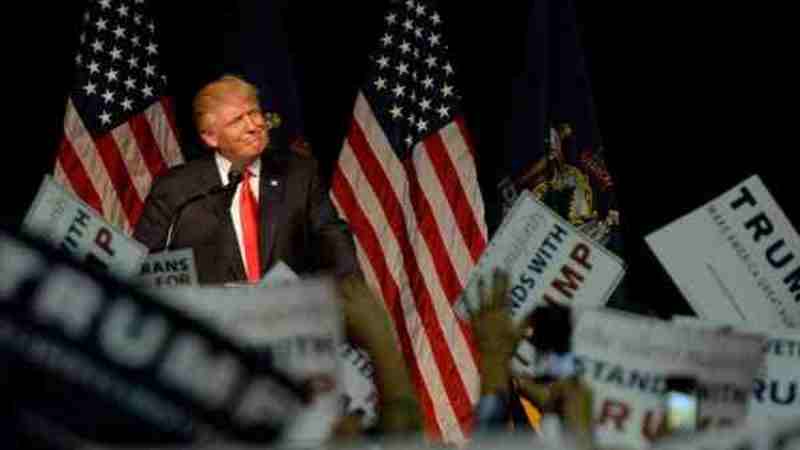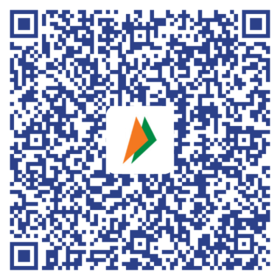Did Trump Use Stolen Data in 2016 Election Campaign?

Cambridge Analytica explains that when it was hired by the Trump campaign in June 2016, the company initially used its own commercial and political data.
By Rakesh Raman
British consulting firm Cambridge Analytica (CA) which is facing multiple allegations of stealing Facebook data and using it for influencing elections in different countries has offered its clarification.
Reports suggest that the firm’s data was used by U.S. President Donald Trump in the 2016 presidential race in order to win the election by deceit.
CA, however, says it did not use Facebook data from research company GSR in the 2016 presidential election. It adds that it provided polling, data analytics, and digital marketing to the Trump campaign as part of a collaborative effort under Brad Parscale who was the digital director for Trump’s 2016 campaign. The company says it was also working with Trump’s party Republican National Committee (RNC) and other vendors.
[ Did Russian Interference Change the Result of 2016 U.S. Election? ]
Cambridge Analytica further explains that when it was hired by the Trump campaign in June 2016, the company initially used its own commercial and political data (licensed from vendors such as L2, Infogroup and Bridgetree) as well as its own suite of models.
The company says that from August onwards its data team used different sources of data. These included voter files from the RNC, research surveys, campaign data, and consumer data taken from commercial brokers.
[ Also Read: Playboy Stops Its Content Operations on Facebook ]
“We used the data to identify ‘persuadable’ voters, how likely they were to vote, the issues they cared about, and who was most likely to donate,” CA said in its statement.
“We also built a polling tracker for every key state, and provided dashboards for the campaign, including the group that planned the candidate’s travel agenda. Our analysis was also used for targeted advertising,” the CA statement added.
The company says it used the same kind of political preference models deployed by the Obama and Clinton campaigns.
[ BJP Releases New “Proof” of Congress-Cambridge Analytica Collusion ]
According to CA, it relied on the audience segments that Facebook and other online platforms make available to all advertisers. These are based on interests and demographics, to help serve the most relevant ads to the most relevant people, the company said.
“Our digital marketing used core campaign messages with ‘paid for by’ disclaimers to persuade voters to vote, increase turnout among supporters, and boost volunteer numbers and donations,” the company said.
Our work on the presidential campaign used these data sources:
1) Voter files from the RNC
2) Continuous polling
3) Campaign data (donors, event attendees, etc)
4) Early and absentee voting returns
5) Consumer data from commercial brokers— Cambridge Analytica (@CamAnalytica) March 29, 2018
In the case of Facebook and Twitter ads, the company says, these were clearly linked to the official Trump presidential campaign Facebook and Twitter accounts. “Cambridge Analytica did not use bots,” the CA statement added.
Currently, special counsel Robert Mueller is leading an investigation to know the extent of election fraud and Trump-Russia ties that may have helped Trump win 2016 presidential election.
By Rakesh Raman, who is a national award-winning journalist and social activist. He is the founder of a humanitarian organization RMN Foundation which is working in diverse areas to help the disadvantaged and distressed people in the society.






